La Yeon ("Celebration") has been open since 2013, located at the top of the Shilla hotel on the 23rd floor. As you might hope, there is a fine view over the city from the dining room looking out over the pretty Namsam Park. Chef Sung Il Kim prepares Hansik (Korean) cuisine in a style reminiscent of a Japanese kaiseki menu, with a number of different styles of dishes culminating in rice as the final savoury course.
The room has large, generously spaced tables with crisp white tablecloths. There was a choice of two tasting menus, one at KRW 160,000 (£112) and a longer one at KRW 250,000 (£175). They were very flexible about being able to substitute dishes between these. There was a lengthy wine list with plenty of depth in the classic regions of France, but also a good selection of New World wines too, albeit with very heavy markups. Example labels were Christian Moreau Chablis 2015 at KRW 100,000 for a bottle you can find in the high street for KRW 22,140, Clos du Val Chardonnay 2013 at KRW 170,000 compared to its retail price of KRW 43,411, and Trimbach Cuvée Frederich Emile 2006 at an outrageous KRW 320,000 for a wine that will set you back KRW 43,411 in a shop. There were also prestige bottles like Chateau Palmer 2006 at a KRW 1,100,000 for a bottle whose current market value is KRW 265,676 and Mouton Rothschild 1982 at KRW 7,000,000 compared to its retail price of KRW 1,687,724. It can be seen that even the high-end bottles are marked up more than four times their retail price.
The meal began with seaweed crackers and dried dates. The crackers were actually quite delicate (14/20). This was followed by a warm chestnut broth covered in a layer of chestnut powder. This was unusual but very pleasant, and certainly the flavour of the chestnuts came through well (15/20). This was followed by a prettily presented chilled pen shell salad with yuzu garlic sauce. Pen shell (called tairagi in Japan) is a type of mollusc, resembling a cross between a scallop and a clam, and tasting like a slightly firm scallop, still with some pleasing inherent sweetness, the acidity of the yuzu sauce bringing a nice balance (16/20).
Next was sea bream and beef dumpling with mugwort sauce. The latter may sound like something out of Harry Potter but is actually an aromatic herb with a slightly bitter flavour. The dumpling was fine but nothing remarkable; in terms of delicacy it would not compare well to one at (say) Hakkasan, but was nice enough (14/20).
Red mullet was served in a bed of radish and cabbage with red bell pepper sauce and a garnish of oyster leaf. There was notionally a hint of spice in the sauce, though this was subtle to the point of invisibility, and the mullet itself was cooked correctly but it did not have the lovely flavour that this fine dish can possess (just about 14/20).
Tilefish (also called amadei) was grilled and served with grilled aubergine, onion and fried Korean Angelica, along with a side salad with sesame oil dressing. There was also a little dish of kimchi on the side, no Korean meal being complete without that. Tilefish in a top restaurant in Japan can be a glorious thing, having a slight sweetness, its delicate flavour resembling lobster. Here it was merely pleasant, the other components a reasonable accompaniment, the kimchi not overly pungent (14/20). I had chicken with a sauce of onion and soybean, also with fried Korean angelica (wild celery). The chicken was cooked properly did not have a great deal of flavour, the sauce decent enough (barely 13/20). My wife had sea bream with anchovy and red bean pepper paste, Korean mountain herb, radish, soya soup, and white kimchi with pear. The fish was fine, accurately cooked, the kimchi quite punchy in flavour (14/20). The traditional rice dish in this case came with beef tartare and an array of pickles including garlic. The beef had surprisingly little flavour, though the pickles were enjoyable (13/20).
A pre-dessert was red ginseng with rice alongside tofu ice cream, green bean purée, and red beans marinated in brown sugar. I don't think the pastry sections of three star French kitchens will be trembling at the thought of the competition from this (12/20). Cold cinnamon tea came with a Korean rice cake with mugwort, red bean paste, walnuts, pine nuts and a Korean orange called hallabong. This was harmless enough, the walnut flavour coming through nicely (12/20).
Service was excellent, with a helpful female sommelier who had trained in Beaune. Topping up was faultless throughout, and the staff spoke very good English, which was a bonus. The bill, with a bottle of Guigal Gigondas between us, came to KRW 273,999 (£192) each. To be honest this felt like an awful lot of money for what we had, though certainly the setting and service were hard to fault. It was a pleasant enough meal if you set aside the absurdly high expectations set by its utterly incomprehensible three star rating from Michelin. However this is an awful lot of money for what we had, however nice the view and the service.



















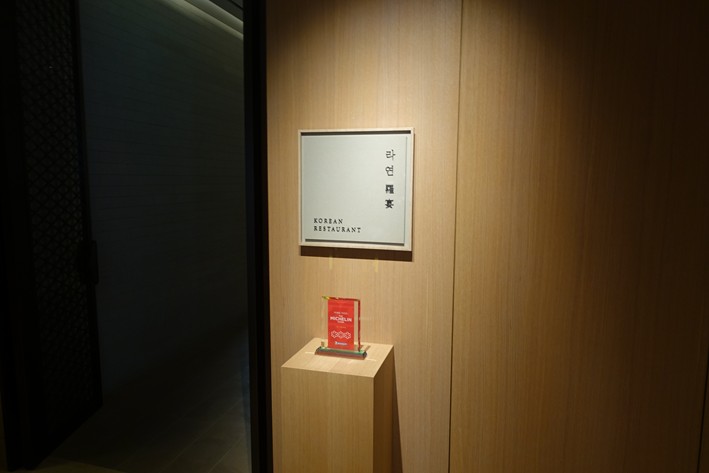


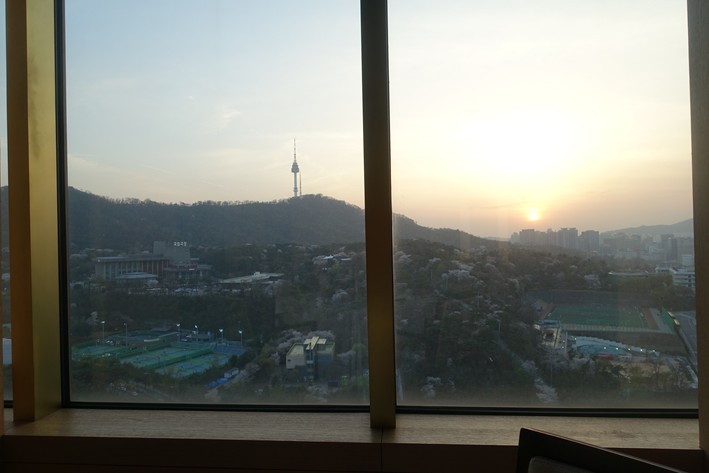
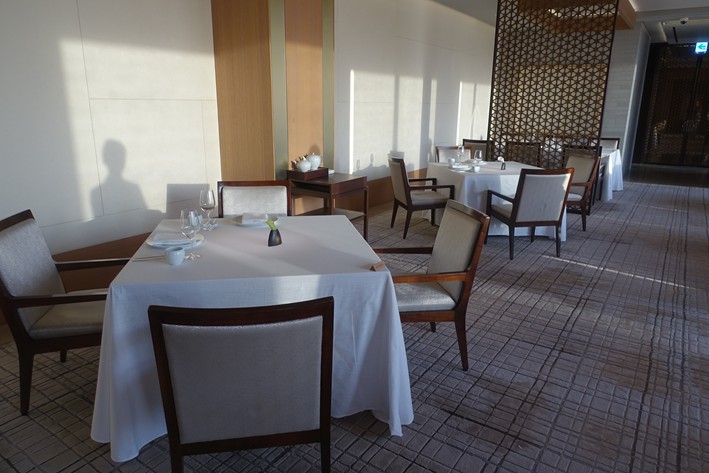
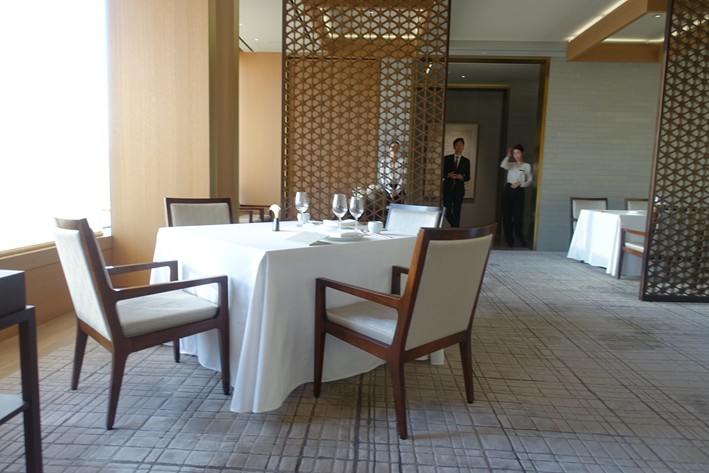
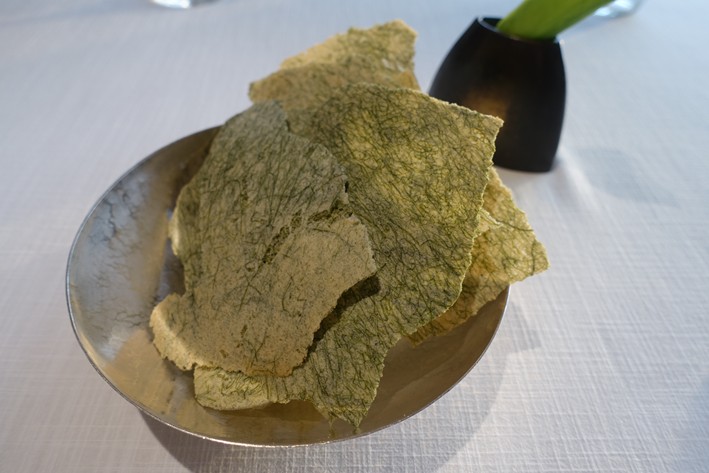
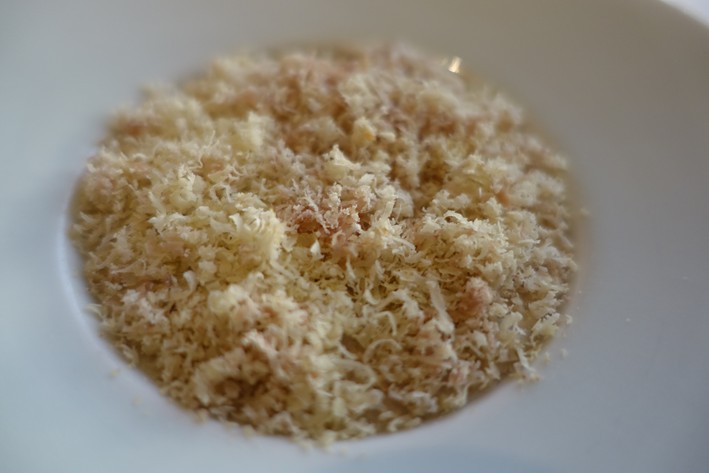
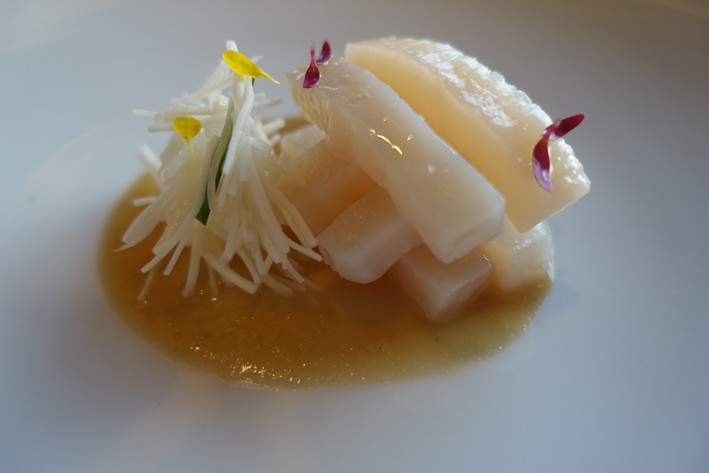
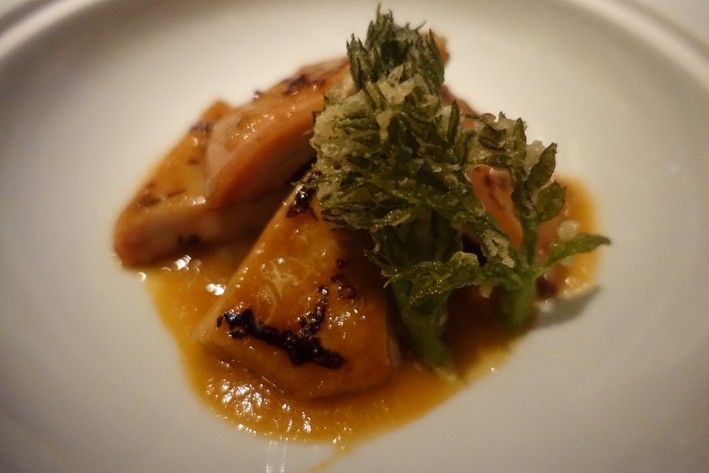



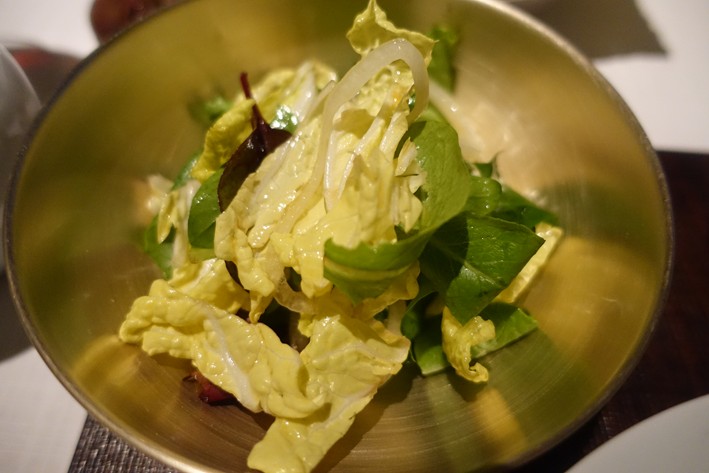
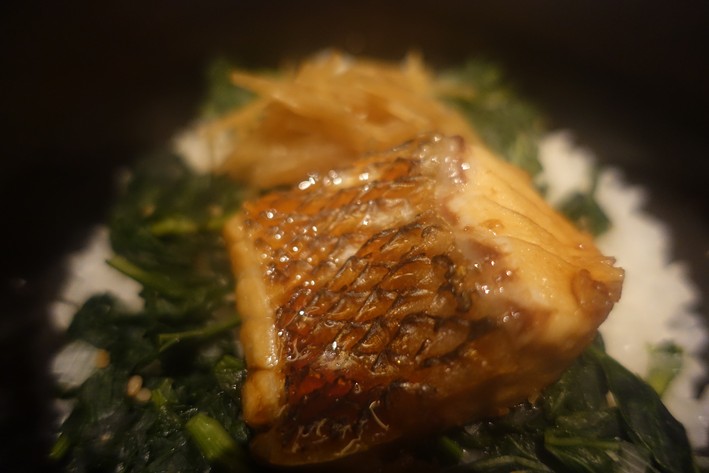


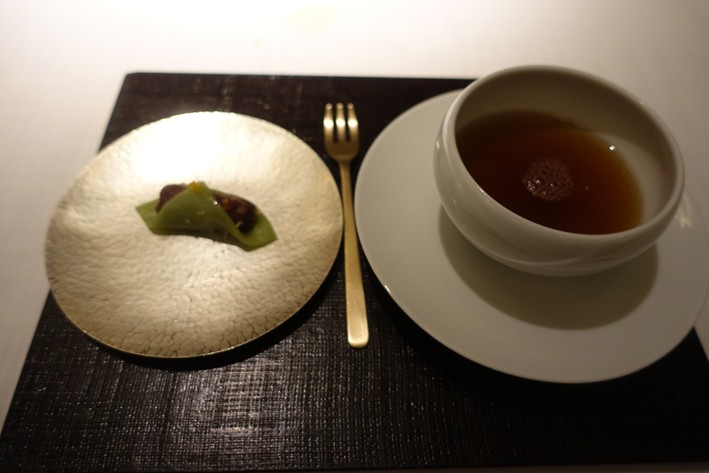

Add a comment
Thank you for submitting your comment, this will be checked and added to the website very soon.
User comments